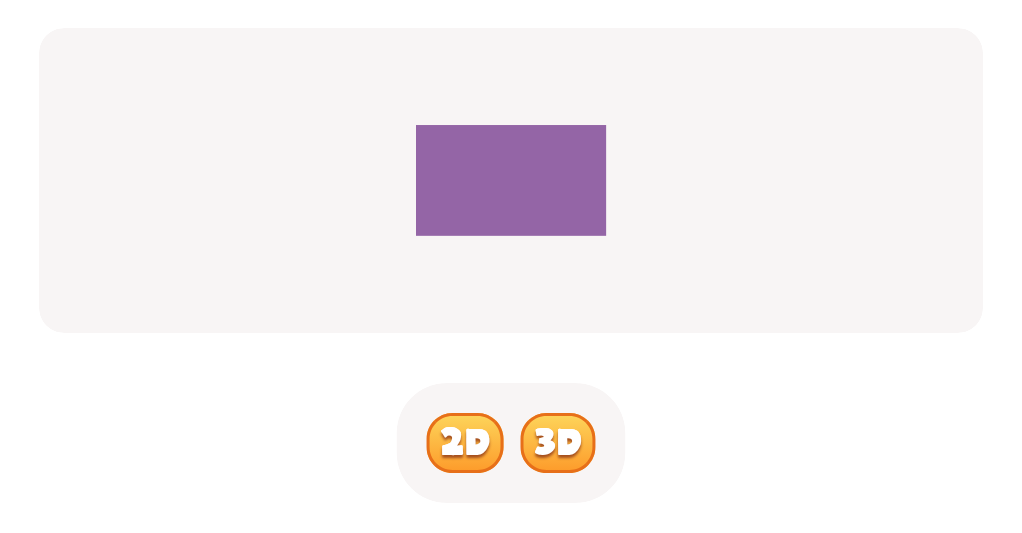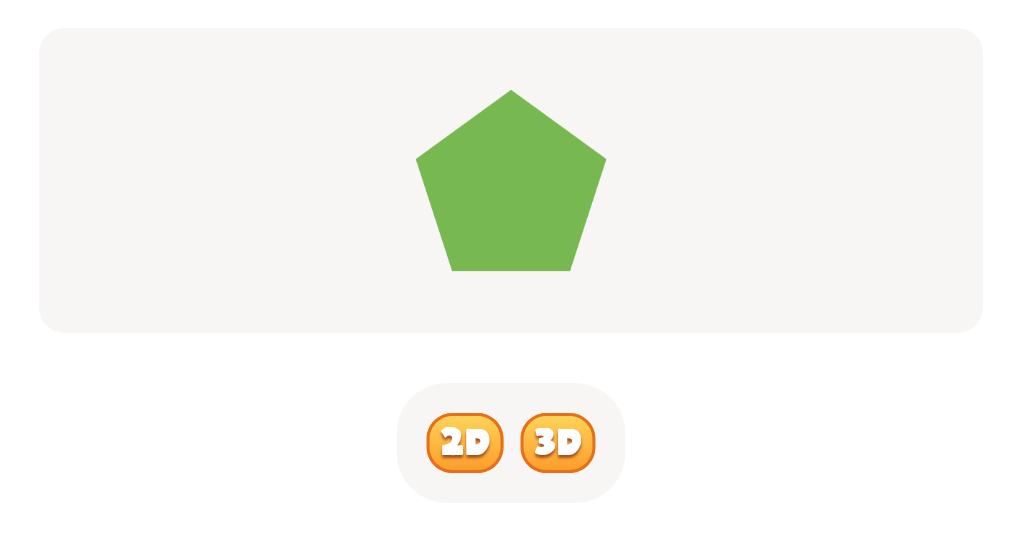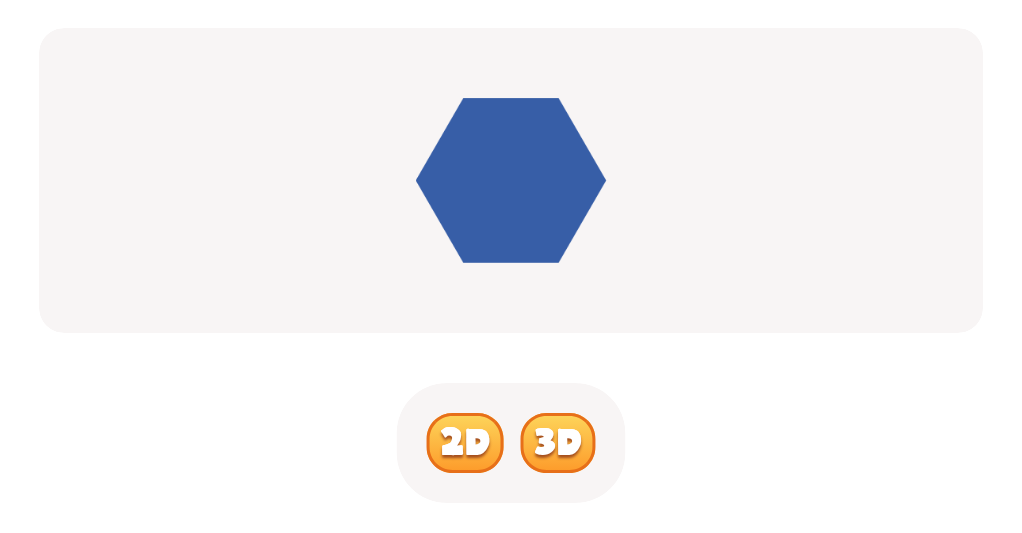Spatial reasoning Normal Kindergarten Geometry Worksheets
3 filtered results
-
From - To
Enhance your child’s spatial reasoning skills with our engaging Kindergarten Geometry worksheets! Designed for young learners, these printable resources focus on essential geometry concepts, including shapes, spatial relationships, and orientation. Each worksheet offers a fun and interactive way to build critical thinking and problem-solving skills while laying a solid foundation for future math learning. Children will enjoy activities such as identifying, sorting, and comparing various shapes, which can help improve their cognitive abilities. Perfect for at-home practice or classroom enrichment, our Kindergarten Geometry worksheets are a wonderful tool to inspire creativity and boost confidence in early learners! Get started today!
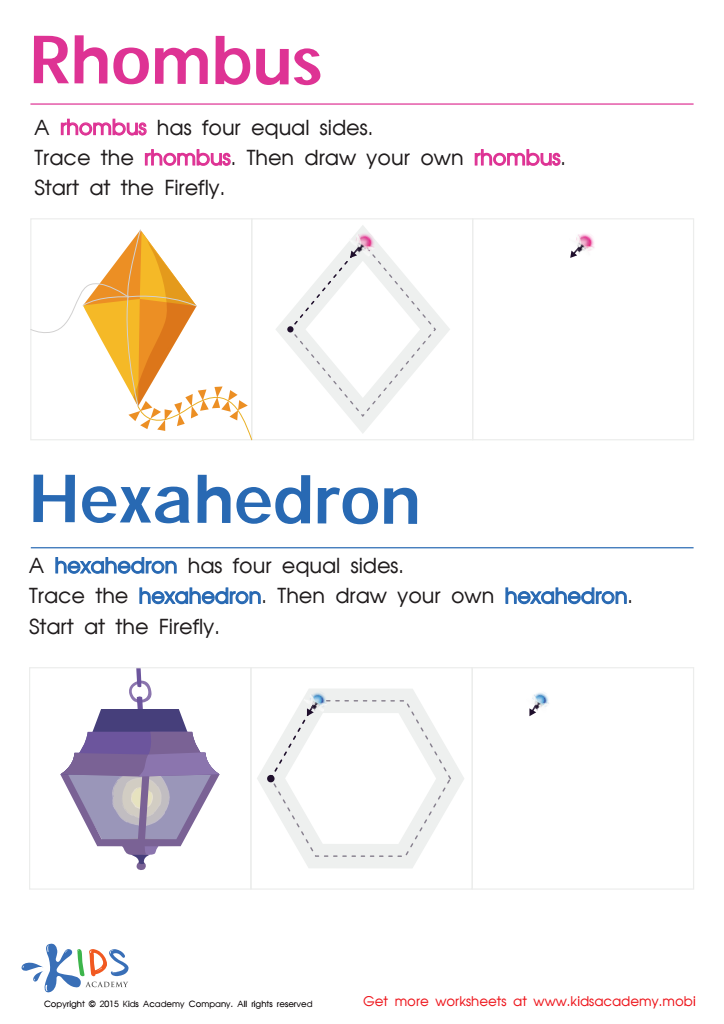

Draw a Rhombus And a Hexahedron Printable
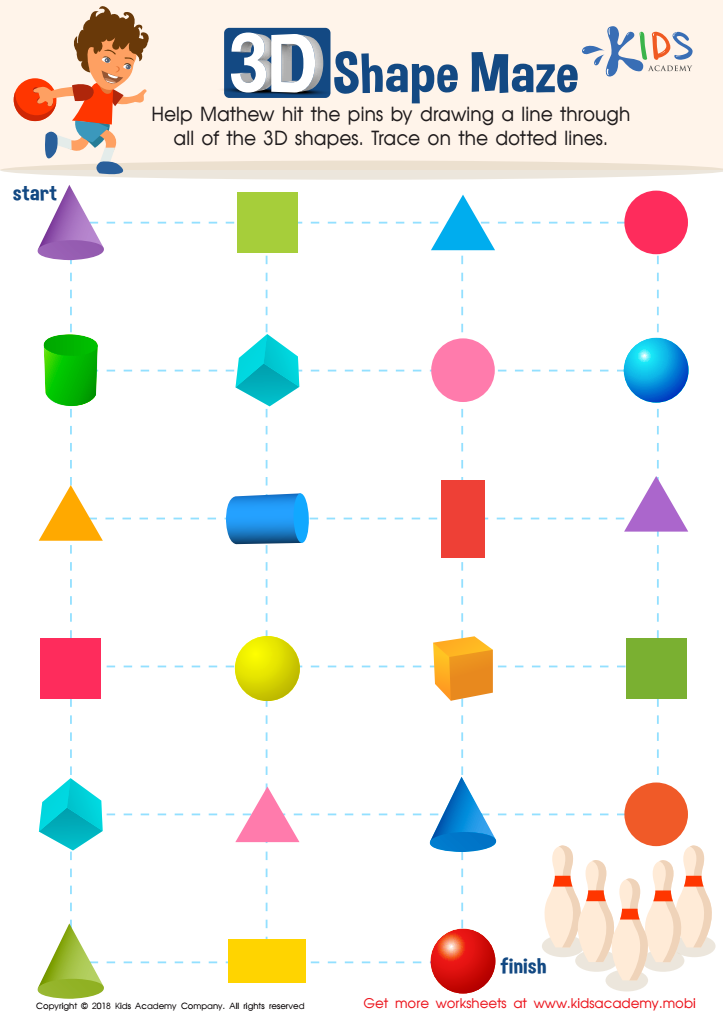

Shapes Maze Geometry Worksheet
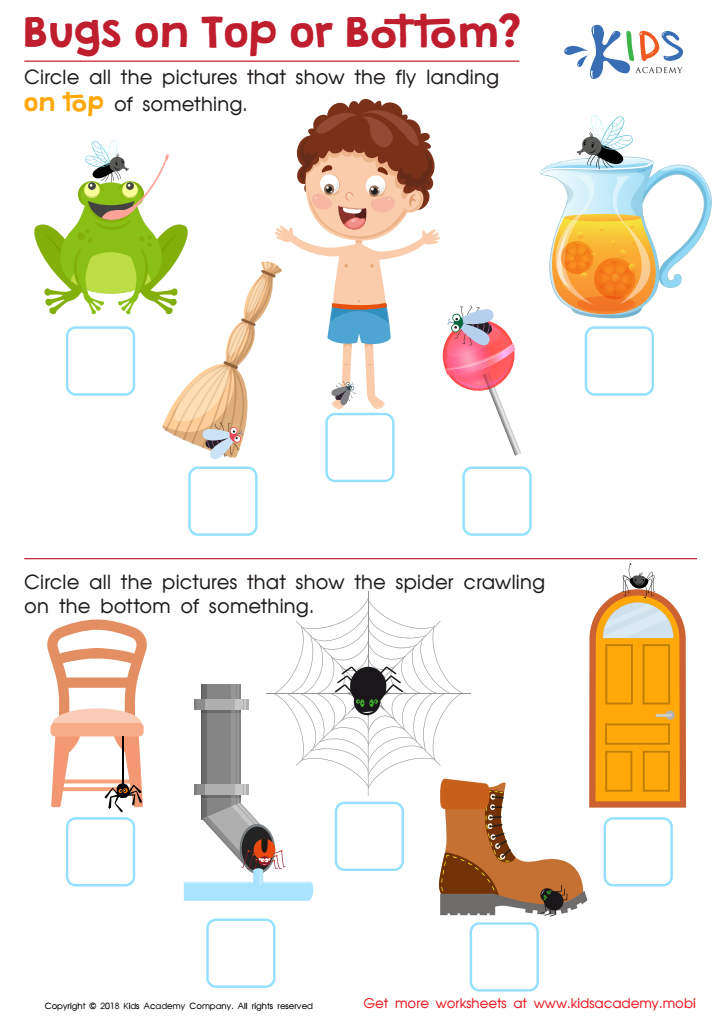

Bugs on Top or Bottom? Worksheet
Spatial reasoning is a critical cognitive skill that significantly impacts a child's understanding of geometry and shapes, forming the foundational blocks for future mathematical learning. In Kindergarten, children begin to explore concepts such as shapes, sizes, and spatial relationships, which are integral to early geometry. Parents and teachers should prioritize spatial reasoning as it enhances children's problem-solving abilities, critical thinking, and creativity.
Effective spatial reasoning promotes children's ability to visualize and manipulate objects in their mind, facilitating their understanding of shapes and how they fit together. These skills directly relate to various everyday tasks, such as reading maps, following directions, and even playing sports. Furthermore, research indicates a strong correlation between spatial reasoning skills and success in STEM fields (science, technology, engineering, and mathematics), where visualizing spatial concepts is crucial.
By fostering spatial reasoning through play, hands-on activities, and interactive learning, parents and teachers can build children's confidence in mathematics and inform their academic journeys. Understanding and supporting spatial reasoning not only enhances a child's learning experience but also equips them with essential skills that promote lifelong learning and adaptability in a fast-evolving world. Encouraging exploration in spatial reasoning sets the stage for a solid foundation in both geometry and overall cognitive development.
 Assign to My Students
Assign to My Students
